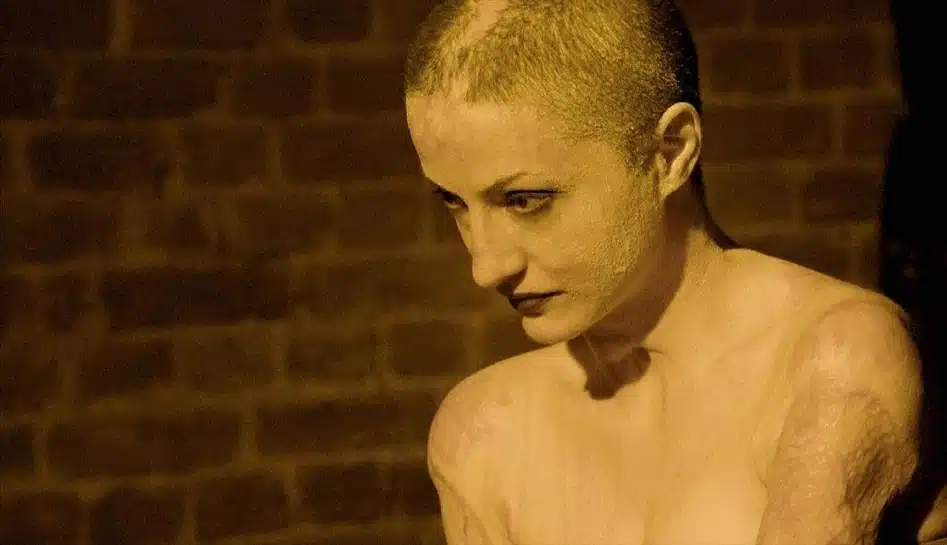Collective, the 2019 film, documents the 2015 Colectiv venue tragedy that claimed 64 lives and the ensuing year of crisis for Romania’s health system
On October 30, 2015, at least 27 people died and another 180 were injured after pyrotechnic display sparked blaze during a concert at Colectiv venue in Romanian capital.
37 patients died over the next four months by aggressive germ infections they developed in the country’s hospitals. The reason was that Romania did not have a single hospital capable of properly treating burn victims.
The 2019 film Collective, the first Romanian film to be nominated for an Academy Award, documents the year of crisis for the health system of Romania, a country with the lowest health expenditure as a share of gross domestic product (GDP) in the European Union (EU).
Now, authors Ștefan Strilciuc, Adrian Gheorghe in their article in latest issue of Journal of the American Medical Association, have paid a tribute to the film, saying, legislation and treatment protocols for patients with severe burns are now in place in the country but underreporting of nosocomial infections is still common.
“The capacity to treat major burns has increased negligibly, and Romania still sends very few patients abroad for treatment, despite the high incidence of hospitalized patients with burns,” the authors write.
“From these perspectives alone, patients now have a fraction more of a voice than they had before Collective, when there were only cries of despair coming from victims and relatives.”
The tragedy at the Colectiv venue event triggered public protests and a change of government.
In their article, the authors point out how the film follows a small team of journalists from Gazeta Sporturilor, a daily sports publication, as they pursue tips about systemic corruption and widespread incompetence inside the health system and work to document the gross mismanagement of the disaster and the underlying causes of its preventable deaths.
Journalist Cătălin Tolontan and colleagues revealed that Hexi Pharma, at the time Romania’s leading supplier of hospital disinfectants, had for years been diluting products used to sanitize hospital wards and operating rooms. They also exposed how the company hid profits in international accounts for raw profit and kickbacks to politicians and their hospital appointees contributing to the spike in hospital-acquired drug-resistant infections that proved especially deadly after the mass casualty event.
“The disinfectant isn’t killing bacteria. It’s killing people,” the authors wrote. “In the 4 years since the film’s release its protagonists have remained at the center of attention, some of them in leadership positions.”
Tedy Ursuleanu is a patient with burns who appears throughout the film with elegance and a quiet dignity as she meets with authorities, absorbs the politics of the tragedy, and continues rehabilitating from her injuries.
She is asked by a reporter in the movie, “Where do you find the strength to go on when you look in the mirror and know that someone is guilty and you didn’t deserve this?”
“I have no choice,” she replies. “The only way is forward, and up.”
She is still navigating the country’s social support system, trying to carry on with her life after the disaster, a symbol of the human costs of the country’s health policies.
Also read : Poor mental health increases risk of cardiovascular disease


















Add Comment